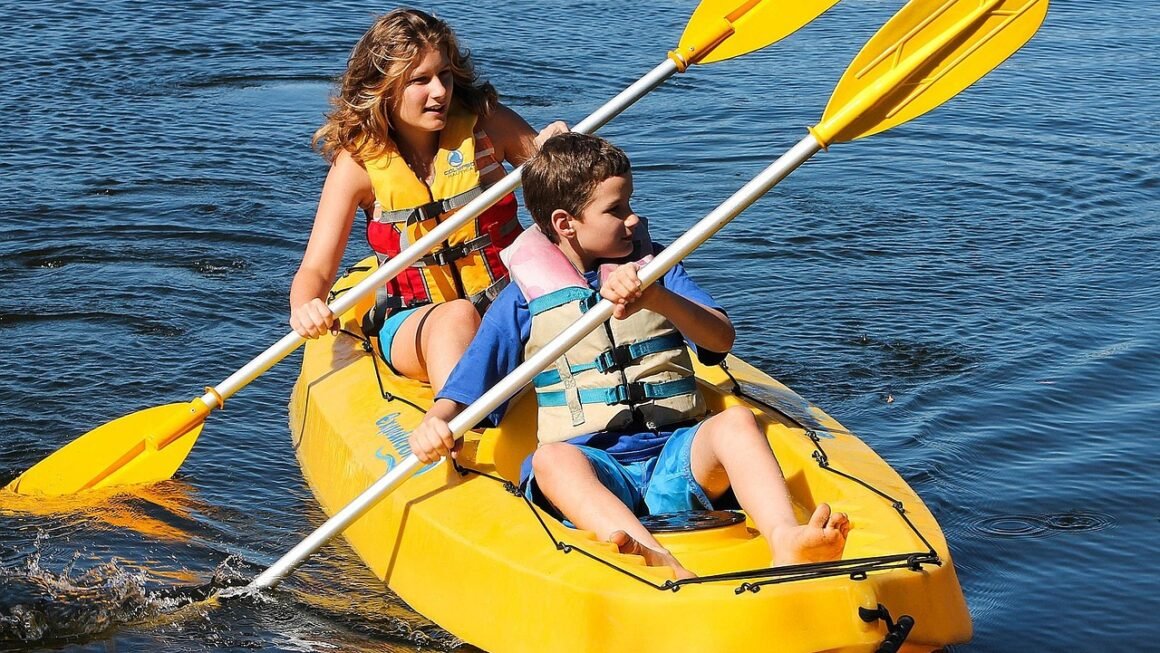Cycling: More Than Just a Ride – It’s a Lifestyle
Cycling isn’t just about getting from point A to point B; it’s a dynamic activity that offers a plethora of physical, mental, and environmental benefits. Whether you’re a seasoned cyclist or just starting, understanding the nuances of cycling can transform your experience and unlock a world of adventure and well-being. This comprehensive guide dives deep into everything cycling, from choosing the right bike to mastering essential techniques and exploring the vibrant cycling community.
Choosing the Right Bike
Selecting the perfect bicycle is crucial for an enjoyable and effective cycling experience. Different bikes cater to different terrains, riding styles, and fitness goals.
Road Bikes
- Purpose: Designed for speed and efficiency on paved roads. Ideal for long-distance rides, fitness training, and competitive cycling.
- Features: Lightweight frames, drop handlebars for aerodynamic positioning, and high gears for efficient pedaling.
- Example: Consider a road bike with carbon fiber frame for enhanced performance and reduced weight. Look for models with Shimano Ultegra or SRAM Rival components for reliable shifting and braking.
Mountain Bikes
- Purpose: Built to handle rough terrain, trails, and off-road adventures. Great for exploring nature and challenging yourself physically.
- Features: Durable frames, suspension systems (front and/or rear), knobby tires for traction, and wide range of gears for climbing steep hills.
- Example: Full-suspension mountain bikes are best for demanding trails, while hardtail mountain bikes offer a more affordable option for less technical terrain.
Hybrid Bikes
- Purpose: Versatile bikes that combine features of road and mountain bikes. Suitable for commuting, recreational riding, and light trails.
- Features: Upright riding position, comfortable saddles, and moderate tire width for both paved and unpaved surfaces.
- Example: A hybrid bike with puncture-resistant tires and rack mounts is perfect for daily commuting and carrying groceries.
Electric Bikes (E-bikes)
- Purpose: Equipped with an electric motor to assist pedaling, making cycling easier and more accessible. Ideal for commuting, climbing hills, and longer distances.
- Features: Battery-powered motor, pedal assist modes, and integrated display showing speed, battery level, and distance.
- Example: An e-bike with a mid-drive motor provides a natural riding feel and efficient power delivery, making it great for tackling hilly commutes.
Factors to Consider
- Budget: Determine your budget beforehand and research bikes within that range.
- Riding Style: Choose a bike that aligns with your intended use (commuting, fitness, recreation).
- Frame Size: Ensure the bike frame is the correct size for your height and inseam. A bike shop professional can help you determine the correct size.
- Components: Consider the quality of components (gears, brakes, suspension) based on your budget and riding needs.
Essential Cycling Gear and Accessories
Having the right gear enhances safety, comfort, and overall cycling experience.
Helmet
- Importance: Protects your head in case of a fall or collision. Always wear a helmet that meets safety standards (CPSC, EN).
- Example: Choose a helmet with good ventilation, adjustable straps, and a comfortable fit.
Cycling Apparel
- Cycling Shorts/Bibs: Padded shorts provide comfort and prevent chafing during long rides.
- Cycling Jersey: Breathable and moisture-wicking jerseys keep you cool and dry.
- Gloves: Padded gloves protect your hands and improve grip.
- Rain Gear: A waterproof jacket and pants are essential for riding in wet conditions.
Cycling Shoes and Pedals
- Purpose: Cycling shoes clip into special pedals, providing a more efficient power transfer and improved control.
- Types: Road cycling shoes, mountain biking shoes, and SPD (Shimano Pedaling Dynamics) compatible options.
- Example: Consider clipless pedals and cycling shoes for increased efficiency and power output if you’re serious about cycling.
Bike Accessories
- Lights: Front and rear lights are crucial for visibility, especially at night or in low-light conditions.
- Lock: A sturdy bike lock deters theft. Choose a U-lock or a folding lock for optimal security.
- Water Bottle and Cage: Stay hydrated by carrying water on your rides.
- Bike Computer: Tracks speed, distance, time, and other metrics.
- Panniers/Bike Bags: Convenient for carrying groceries, commuting essentials, or touring gear.
- Repair Kit: Includes a spare tube, tire levers, a pump or CO2 inflator, and multi-tool for basic repairs.
Mastering Cycling Techniques
Improving your cycling technique enhances efficiency, comfort, and safety.
Proper Bike Fit
- Saddle Height: Adjust the saddle height so your leg is almost fully extended at the bottom of the pedal stroke.
- Handlebar Position: Position the handlebars for a comfortable reach and balanced weight distribution.
- Professional Fit: Consider getting a professional bike fit from a qualified fitter for optimal performance and injury prevention.
Efficient Pedaling
- Cadence: Aim for a cadence of 80-100 revolutions per minute (RPM) for optimal efficiency.
- Smooth Pedal Stroke: Focus on a smooth, circular pedal stroke, engaging all leg muscles.
- Clipless Pedals: Using clipless pedals allows you to pull up on the pedals as well as push down, increasing power and efficiency.
Shifting Gears
- Anticipate Terrain: Shift gears before you reach hills or changes in terrain.
- Smooth Shifts: Avoid shifting under heavy load. Ease off the pressure on the pedals while shifting.
- Use the Correct Gear Ratio: Choose a gear that allows you to maintain a comfortable cadence without straining your legs.
Braking Techniques
- Use Both Brakes: Apply both front and rear brakes simultaneously for balanced and controlled stopping.
- Feather the Brakes: Avoid sudden, hard braking, which can cause skidding.
- Look Ahead: Scan the road ahead and anticipate potential hazards.
Safety and Awareness
- Follow Traffic Laws: Obey traffic signals, signs, and lane markings.
- Use Hand Signals: Clearly signal your intentions to turn or stop.
- Be Visible: Wear bright clothing and use lights, especially in low-light conditions.
- Scan the Road: Pay attention to traffic, pedestrians, and road hazards.
- Stay Alert: Avoid distractions like using your phone while cycling.
Exploring the Cycling Community and Events
Joining the cycling community can enrich your experience and provide motivation, support, and camaraderie.
Group Rides
- Benefits: Meet new people, learn new routes, and improve your skills.
- Types: Beginner-friendly rides, social rides, and training rides.
- Finding Rides: Check with local bike shops, cycling clubs, or online forums.
Cycling Clubs
- Advantages: Access to organized rides, training programs, and social events.
- Networking: Connect with experienced cyclists and learn from their knowledge.
- Support: Benefit from the support and encouragement of fellow club members.
Cycling Events
- Types: Recreational rides, races, charity rides, and cycling tours.
- Challenges: Test your fitness and endurance.
- Fun: Enjoy the camaraderie and excitement of participating in a cycling event.
- Examples: Century rides (100-mile rides), gran fondos, and mountain bike races.
Online Communities
- Platforms: Strava, Zwift, and cycling forums provide online communities for cyclists.
- Tracking: Track your rides, compare your performance, and connect with other cyclists.
- Motivation: Stay motivated and inspired by sharing your cycling achievements.
Conclusion
Cycling offers a world of benefits, from improved physical health to enhanced mental well-being and a deeper connection with the environment. By choosing the right bike, mastering essential techniques, and engaging with the cycling community, you can unlock the full potential of this incredible activity and embark on a lifelong journey of adventure and discovery. So, gear up, get out there, and experience the joy of cycling!


